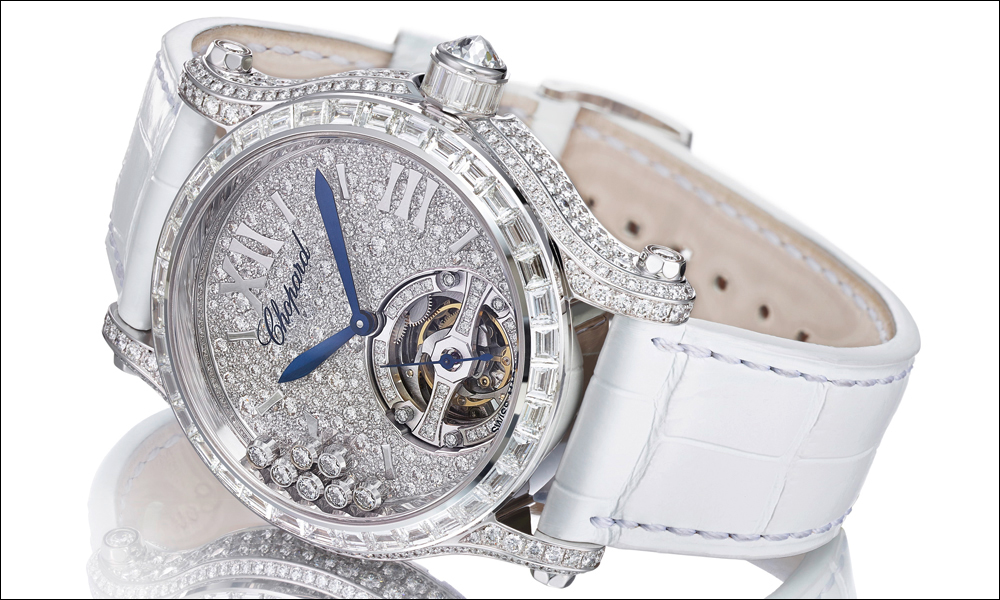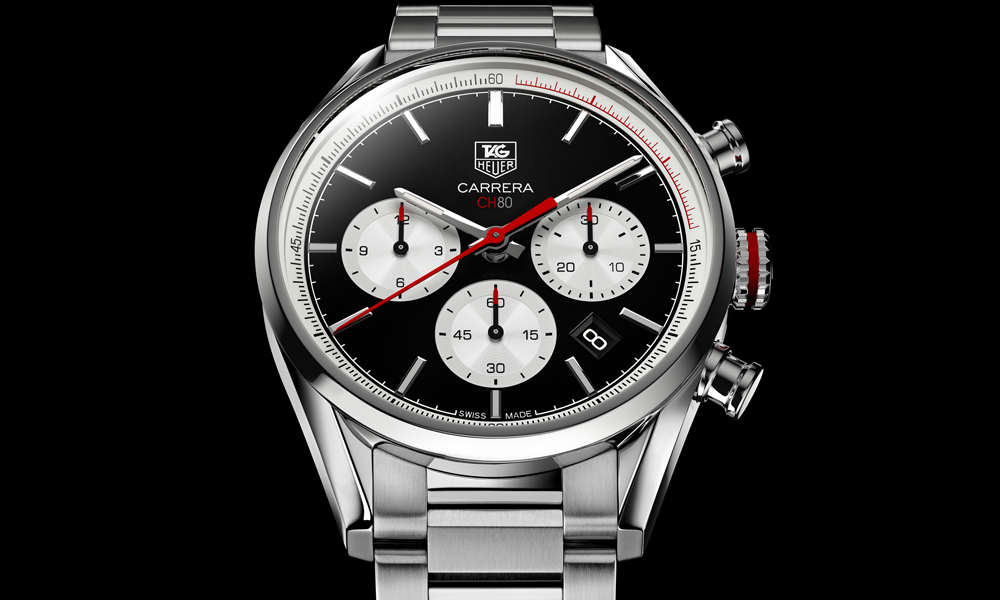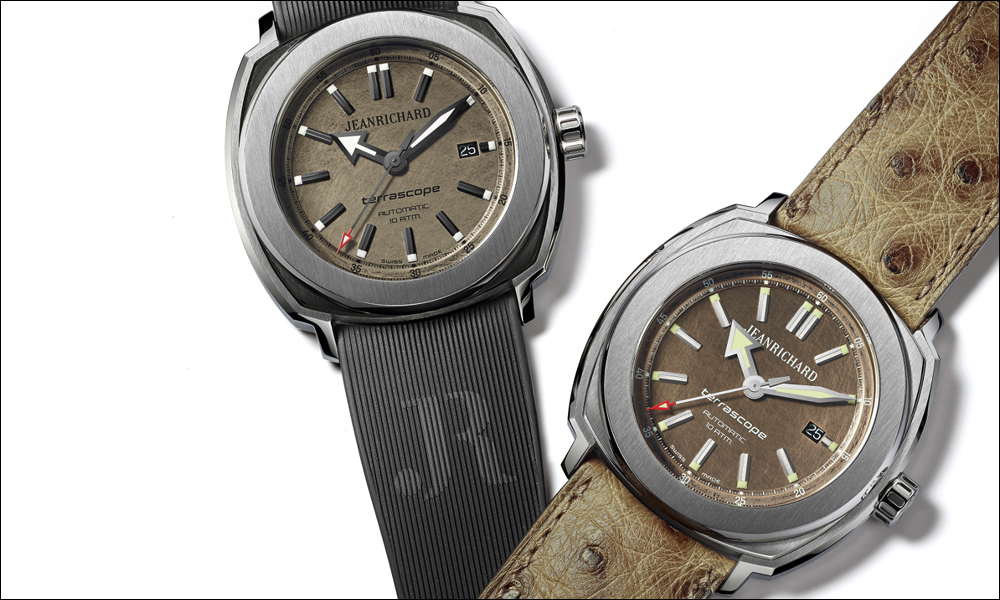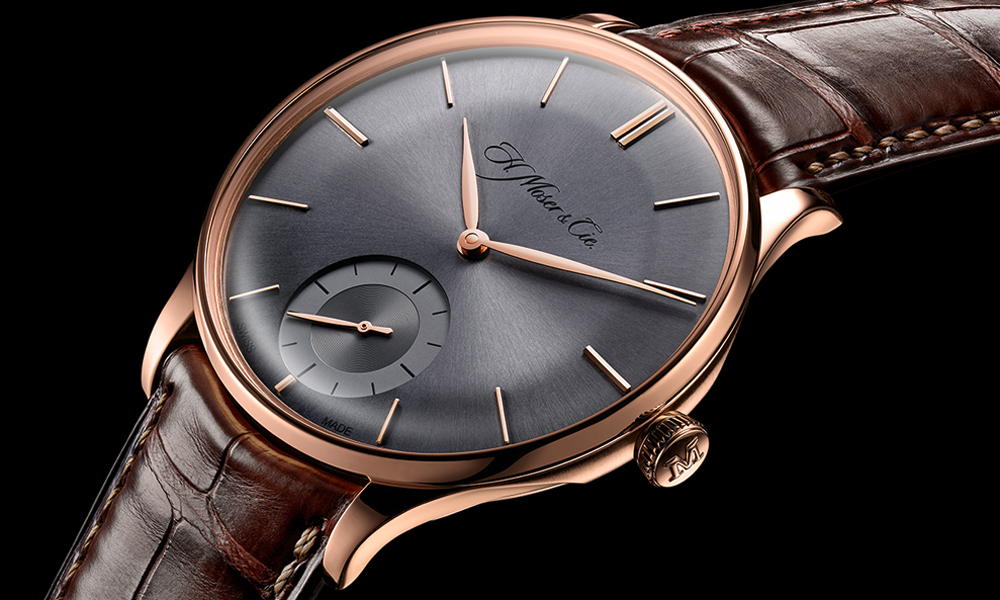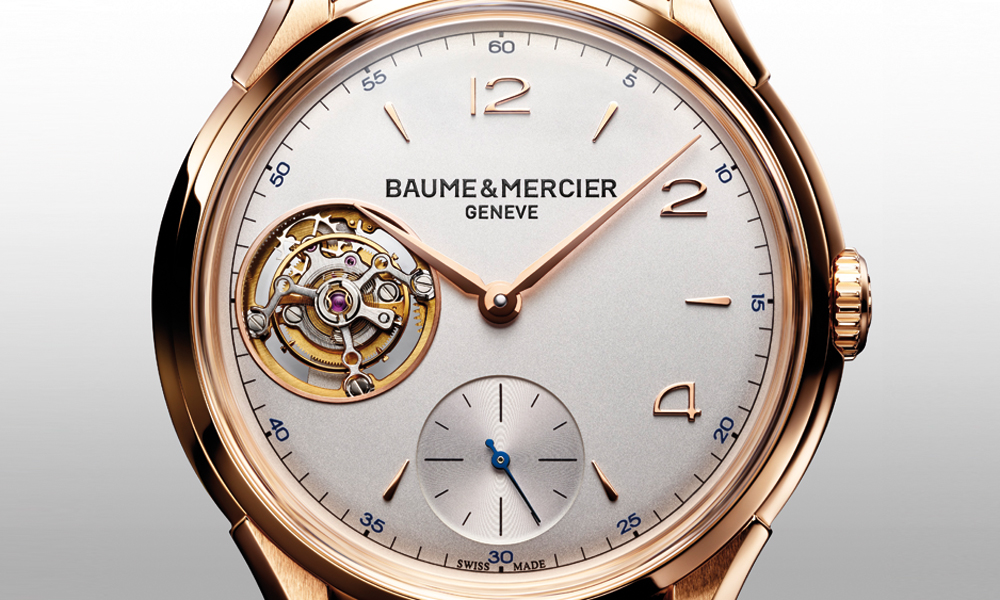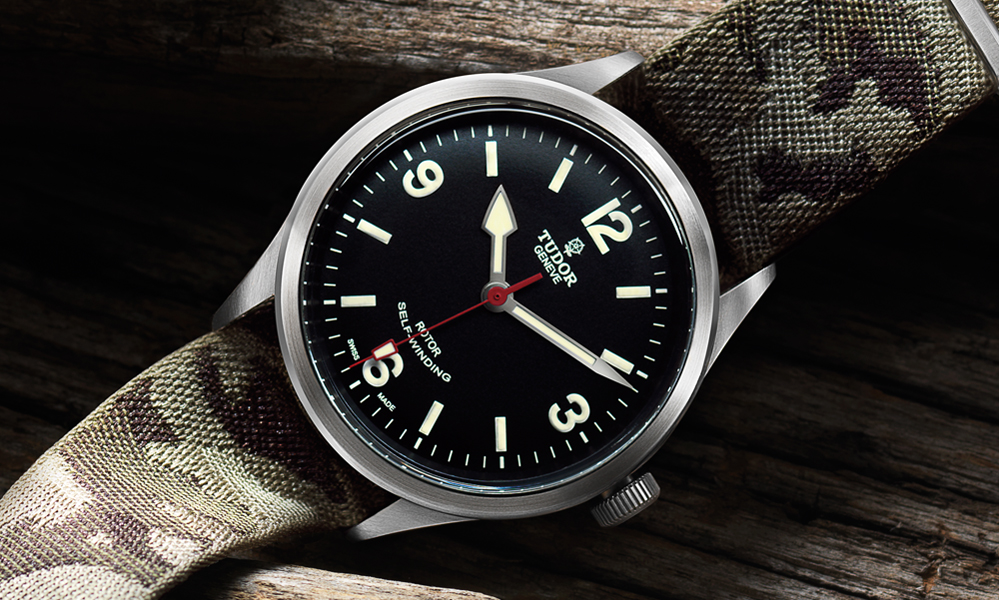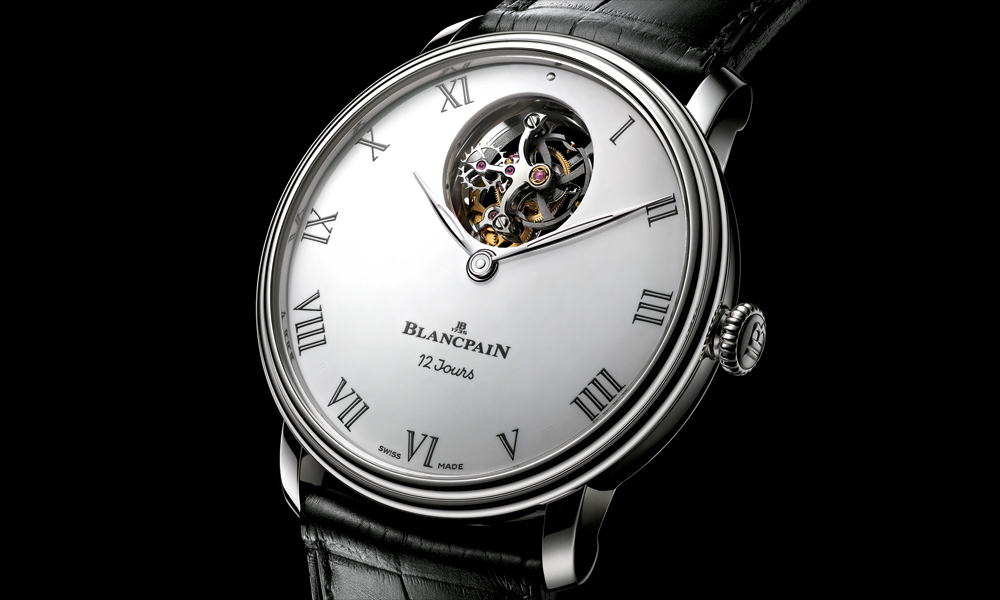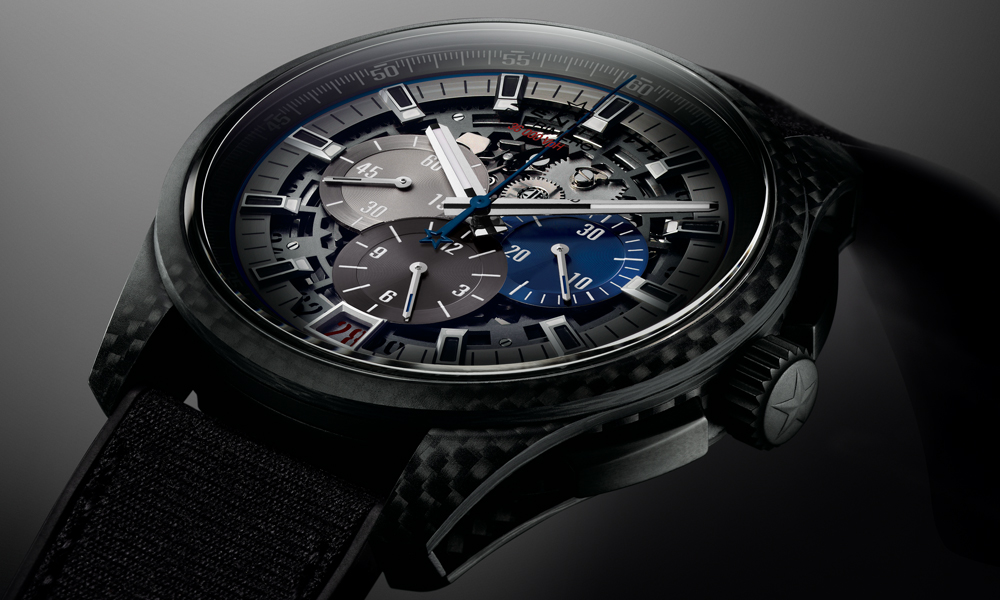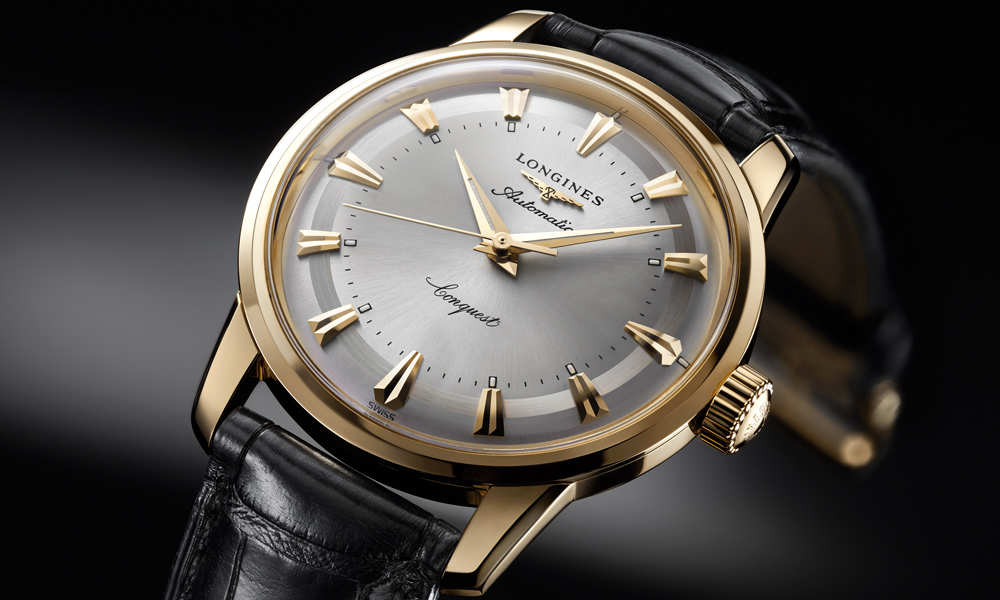Interview with Stephen Urquhart, president of Omega, to discuss how 2013 was for the brand and the main areas for growth in years to come.
As is customary every New Year, you’re going to have to answer the traditional question about the past year for Omega. So let’s briefly discuss 2013: was it a good, average or bad year for the brand?
As usual, you must be able to guess that I’m not going to go into detailed figures…OK, you and I both know the Swatch Group achieved very good results in 2013. That means our brand also had a very good year. The strength of this group and its various brands lies in its extremely sound structure. It enables us to progress despite the variables caused by the poor exchange rate on the Swiss franc or the temporary slowdown in some parts of the world.
Since you’ve brought the subject up, let’s talk about China. The new Eldorado for Swiss watchmaking isn’t doing so well nowadays. Are you suffering the consequences?
Like all the other brands, we have suffered the consequences of the economic slowdown in China. I’m talking about a slowdown, not a crisis. We need to be objective. Overall, the Chinese economy is not in crisis but rather in the process of standardising, maturing. It’s also clear that the government’s anti-corruption measures have made people more careful before buying an ostentatious item like a watch. But I don’t believe this is a long-term problem. On this issue, work is also being done to standardise practices. What I think is important is that mathematically the middle class continues to grow in China. For a brand like ours, it’s very positive. It means that more and more people will have access to our products. Basically, there is still enormous potential for growth in China.
Which markets are you focusing on elsewhere in the world?
You’re right, Omega isn’t focused solely on China. That would be a strategic mistake. There is fantastic opportunity for growth in countries such as Russia, India and Brazil to name but a few. Yes, they’re difficult markets due mainly to very high import tax. But there are ways to handle this sort of restriction e.g. by selling our products in our own shops. Of course that means we have to create a network. We’re going to rise to this challenge. For example, we already have four shops in Brazil and we plan to open a few more in the months and years to come. With the 2014 Football World Cup and Olympics in two years, Brazil is going to be the focal point of international sports news. We hope to benefit from it.
If I’ve understood rightly, Omega’s strategy is to open shops in its own name?
Yes. We now have around 3,000 retail outlets in the world including 300 flagship shops. All of these retail outlets are obviously important to us and we couldn’t do without our sales partners. But for a brand like ours, the decision made about 15 years ago to open our own shops has proved vital. Consumerism has changed, particularly in the luxury sector. In terms of watchmaking, people no longer want to buy just a watch; they want to buy into the brand. Shops are therefore a major asset as they alone have the ability to sell all the models in our catalogue. Also, nothing can replace the direct relationship between the brand and its clients. The client feels secure. When they walk into our shop, they walk into the brand’s universe. They feel privileged. In the US for example, we’ve noticed that people are very receptive to this way of working, even more so when we tell them that an Omega watch was taken into space by astronauts on the Apollo mission. As for the brand, we get immediate client feedback. We’ve learnt a lot from it.
What do you think are the other major recent decisions that have made Omega the success it is today?
Undoubtedly the decision to invest in co-axial escapement. As you know, we owe it to Nicolas Hayek’s stroke of genius. Why do I think it’s so important? To really understand, you need to question what it means to the brand’s heritage. At its roots, Omega is a movement factory. Over time all these calibres ended up forming an extraordinary family, respected and recognised for its reliability and chronometric properties. It hasn’t stopped evolving, modernising and improving. The introduction of the co-axial is part of the evolution. It’s in our DNA. It embodies the embedded technological added value in each and every one of our watches as does the use of new materials such as silicon and non-magnetic metals.
Isn’t the strength of Omega also that of the entire Swatch Group?
You can say that again! The developments I’ve just discussed wouldn’t have been possible without the research carried out by the group’s various entities. It’s one of the Swatch Group’s greatest strengths. This toolbox is quite simply extraordinary.
Let’s finish by talking about this year’s star products. What are you going to pull out of the hat in 2014?
We’re always full of surprises at Omega! This new year, in the ladies’ watches it’s all about the Pluma range in the Constellation collection. As for men’s watches, we’re paying tribute to the Speedmaster. We’re going to put a new spin on the Mark model that came out at the end of the 60s. It was unfortunate timing as it came out during the burgeoning Quartz Crisis so we decided to let it relive its youth with an automatic co-axial calibre 3330, a column wheel and silicon spiral.
